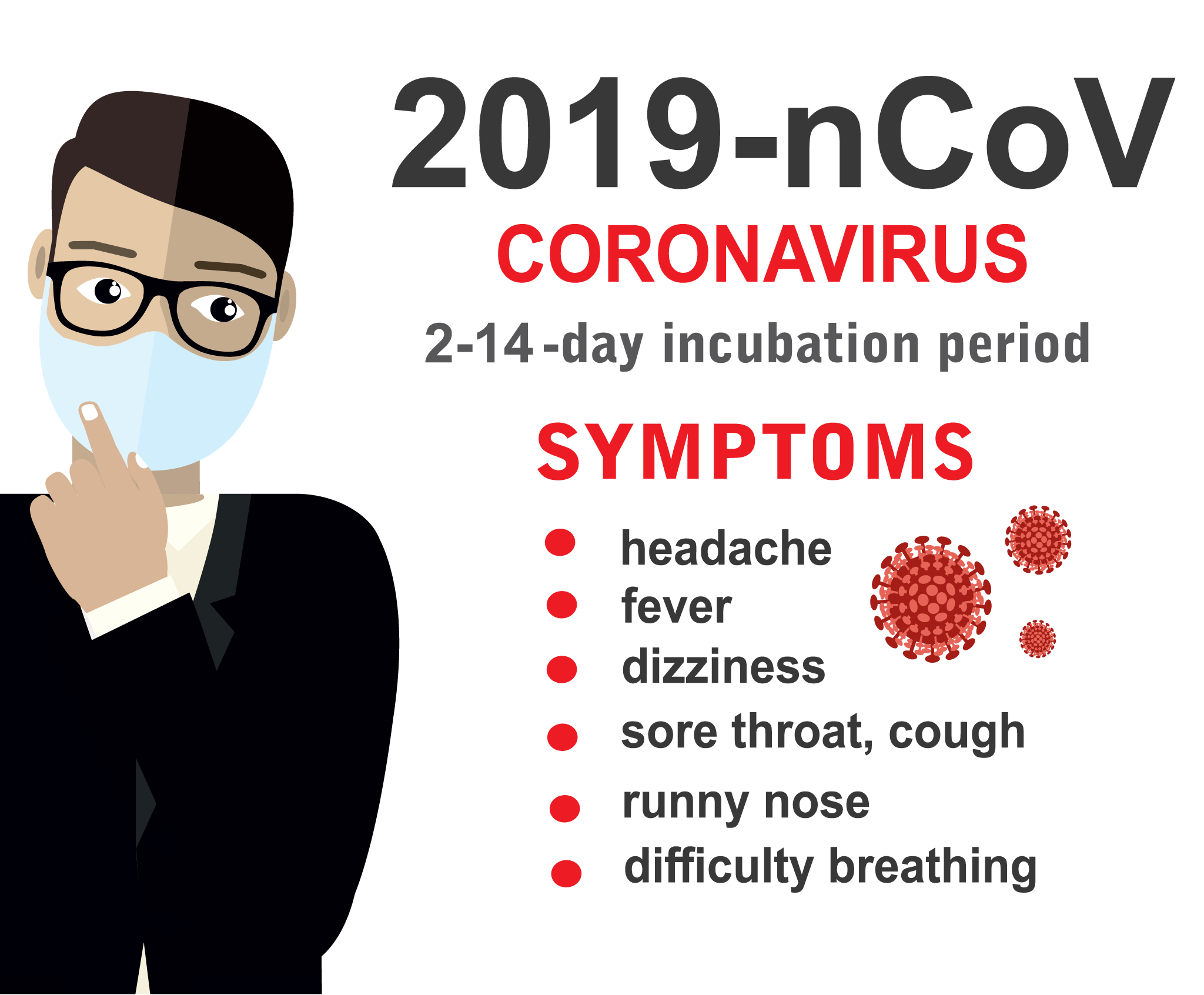The recent coronavirus (COVID-19) outbreak in China has been classified as a worldwide emergency by the World Health Organization. We now know that COVID-19 can be shared by people who have mild or no symptoms and it is now spreading in numerous countries, some with relatively weak public health infrastructure.
Watch this Video from the CDC.
WHO advises people of all ages to take steps to protect themselves from the virus by following good hand hygiene and good respiratory hygiene. Read the WHO Advice for the Public
The CDC has posted that person-to-person spread is thought to occur mainly via respiratory droplets produced when an infected person coughs or sneezes, similar to how influenza and other respiratory pathogens spread. These droplets can land in the mouths or noses of people who are nearby or possibly be inhaled into the lungs. World Health Organization officials said that it is possible that coronavirus could be spread by touching surfaces after infected people have – then touching ones mouth or nose.
Myth Busters
Read these Myth-Busters about the Novel Coronavirus. The World Health Organization responds to common questions about the virus; including receiving packages from China, pets at home spreading the virus, rinsing your nose with saline, vaccines and home remedies.
Get real-time mapped updates on the 2019-nCoV from John Hopkins University.
CDC Recommendations
The CDC reports that the immediate risk of this new virus to the American public is believed to be low at this time, but everyone can do their part to help respond to this emerging public health threat, including everyday preventative actions to stop the spread of germs:
- Wash your hands often with soap and water for at least 20 seconds, especially after going to the bathroom; before eating; and after blowing your nose, coughing, or sneezing.
- If soap and water are not readily available, use an alcohol-based hand sanitizer with at least 60% alcohol. Always wash hands with soap and water if hands are visibly dirty.
- Avoid touching your eyes, nose, and mouth with unwashed hands.
- Avoid close contact with people who are sick.
- Stay home when you are sick.
- Cover your cough or sneeze with a tissue, then throw the tissue in the trash.
- Clean and disinfect frequently touched objects and surfaces using a regular household cleaning spray or wipe.
- Avoid consumption of raw or undercooked animal products. Handle raw meat, milk or animal organs with care, to avoid cross-contamination with uncooked foods, as per good food safety practices.
Whenever you have fever, cough and difficulty breathing it’s important to seek medical attention promptly. Contact Canyonlands Healthcare
Symptoms
Like other coronaviruses, the symptoms of novel coronavirus (2019-nCoV) include fever, difficulty breathing and pneumonia. The virus spreads via person-to-person and person-to-surface contact.
People of all ages can be infected by the new coronavirus (2019-nCoV). Older people, and people with pre-existing medical conditions (such as asthma, diabetes, heart disease) appear to be more vulnerable to becoming severely ill with the virus.
What Is a Novel Coronavirus?
Read the Q & A from the World Health Organization.
A novel coronavirus (nCoV) is a new coronavirus that has not been previously identified. The 2019 novel coronavirus (COVID-19) is not that same as the coronaviruses that commonly circulate among humans and cause mild illness, like the common cold.
Whenever you have fever, cough and difficulty breathing it’s important to seek medical attention promptly as this may be due to a respiratory infection or other serious condition.
Respiratory symptoms with fever can have a range of causes, and depending on your personal travel history and circumstances, COVID-19 could be one of them.







